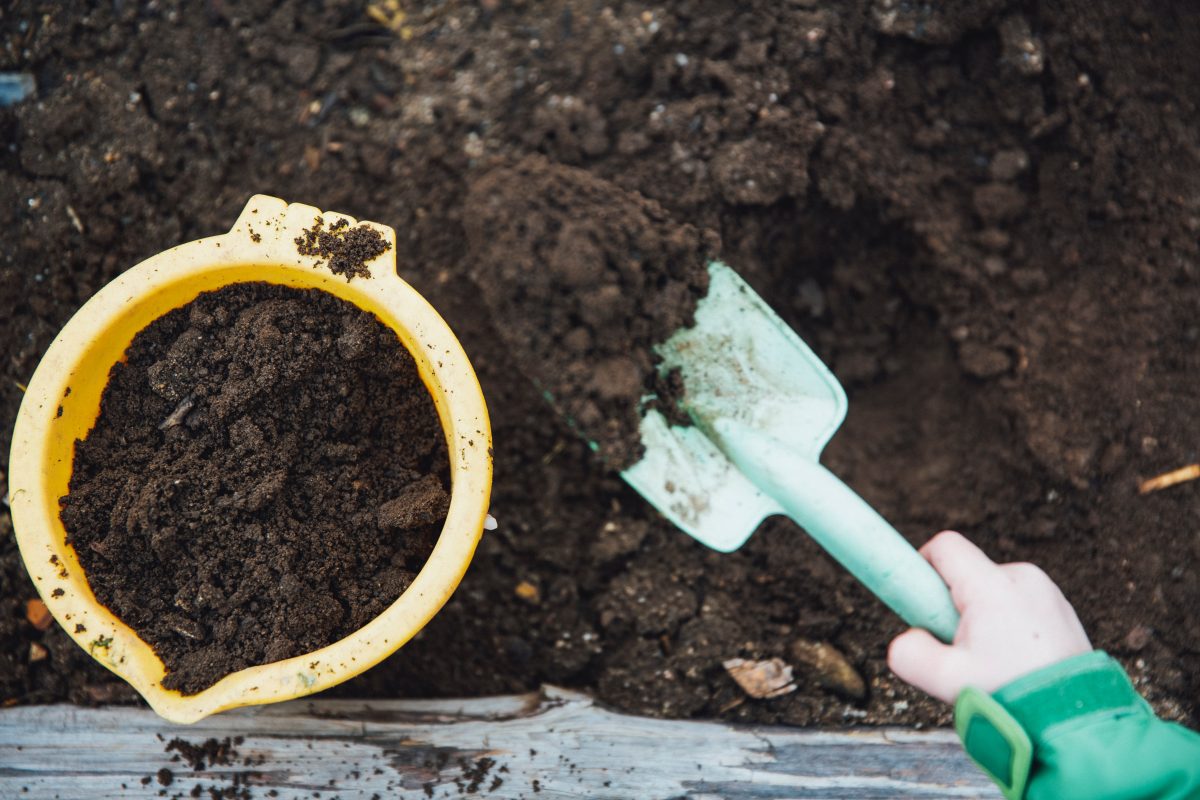What’s the first thing that pops into your mind when you think about food waste?
If the first word was “opportunity” then you’re on the right track! We can all agree that food waste is a problem and a monumental one at that. Seafood is no exception to the food waste stream and there are ways we can help reduce the footprint it leaves after we’ve enjoyed a delicious meal.
For starters, 2.3 billion pounds of seafood waste is generated every year according to a study by Johns Hopkins University in 2015. If you enjoy a good tuna steak, shrimp cocktail or sushi as much as I do, then you should absolutely care what happens to any food waste both before and after your meal.
There are a number of ways this waste can be handled. We’ll go over a few that can help contribute to making small, positive changes to redirect seafood from heading to the landfill. We’ll start with what can be done at home since many more meals have been cooked in our own kitchens since the pandemic began last year.
Composting Methods:
Tumblers & Compost Piles
Disclaimer: composting seafood at home may not be for the novice composter. It can definitely be done well but has the potential to take a sharp left turn if you’re not careful. My best suggestion is to compost fish waste in a tumbling compost bin. This offers protection from vermin which may very well be attracted to the decomposing odors. As with composting any food waste, you’ll need to be sure to add carbon whether it be in the form of wood chips, leaves or a combination of both.
If you don’t have a tumbler and are ready to get adventurous, add your seafood waste to the middle of your compost pile. Make sure it’s covered with at least 6 inches of material on all sides to detract any pests from visiting. This isn’t foolproof, but can be done. Shells are a different story, and while they will breakdown, it takes an extraordinarily long time for them to fully decompose. The nice thing about shells is they allow for airflow in your pile since they’re dense and bulky. Over time they’ll add calcium, but you’re in it for the long haul on this front. If you want them gone sooner, they’ll need to be pulverized which isn’t easily achieved.
Bokashi Method
Another at home option is utilizing the bokashi method of composting. While this doesn’t follow the traditional path of composting, it breaks down material by way of fermentation with the use of a grain inoculant and no oxygen. Food scraps are essentially placed in an air tight container, layered with the inoculant, then once the container is full, it’s set aside for approximately two weeks to finish the process. In the end, the finished bokashi is dug into the ground, adding beneficial nutrients to the soil.
Industrial Composting
If you’re a restaurant, or commercial seafood producer, it’s advantageous to partner with a local compost hauler to bring your waste to an industrial composting facility. At this scale, these facilities can easily handle large loads of seafood waste and process it through various methods such on-farm windrow composting, in-vessel or anerobic digestion. Each iteration keeps food waste from being put into the landfill.
Unconventional Methods
There are a few other ways, albeit unconventional, to deal with some of your seafood waste.
Black Soldier Flies
If you’ve ever wondered how insects play a role in food waste decomposition, you’re in luck. The mighty Black Soldier Fly and its voracious larvae are premier food waste decomposers. Hermetia illucens, or Black Solider Fly, is a common fly seen around the compost pile in the warmer months. They are attracted to decaying food and lay their eggs close to the buffet for their offspring. The larvae will eat until their hearts content (which seems to be never) and don’t discriminate against what they’re being fed. They consume at least half of their body weight so food waste gets broken down rather quickly. The result is frass (or insect poop) which can help fertilize your gardens.
Fish Hydrolysate
Another great use, for fish especially, is to make fish hydrolysate or liquid fish fertilizer. This process isn’t for the faint of smell as the first few weeks of fermentation are rather odiferous but dissipates over time. You’re essentially utilizing leftover fish parts and grinding them, adding dechlorinated water, lactobacillus and either brown sugar or molasses and letting it all ferment in a container. The resulting product should be diluted and used to inoculate your soil or compost pile. Plants love this as the hydrolysate helps to increase the microorganism population and encourages fungal growth in the soil. For a recipe, visit this link.
Bury your fish
Lastly, you can also consider directly burying fish in your garden. My grandfather along with my current neighbors do this and have had success. Essentially you are digging a hole at least a foot to 18 inches deep, tossing the fish in the hole and letting nature do all the decomposition work. Nitrogen and trace minerals are now part of your soil and will provide nutrients to the plants growing in your garden.
All options no matter how easy or smelly help contribute to the reduction of seafood waste in our landfills. Consider the material you have as a resource and either compost it or utilize it to reap the highest value. Who knew that fish guts could have such a positive impact? We did, and now you know too.
